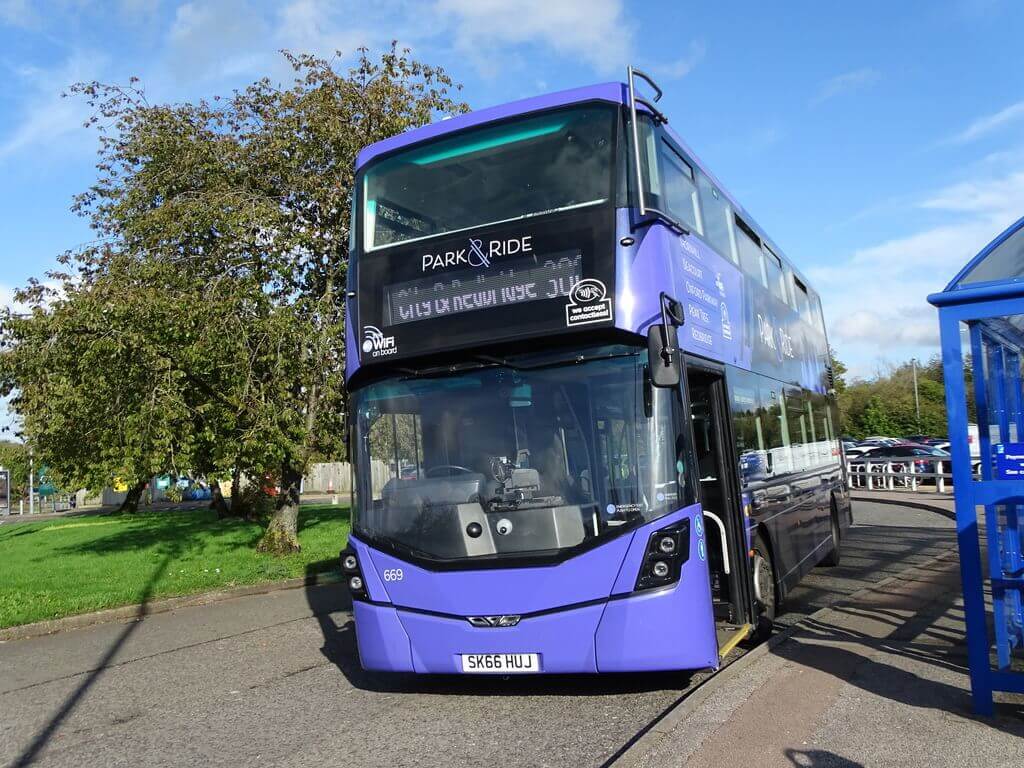Oxford’s bus network is extensive and is operated by Stagecoach in Oxfordshire and Oxford Bus Company, along with subsidiary Thames Travel. One ticket option that makes it easy to around the city is the multi-operator Smartzone product. Richard Sharman visited Oxford to see just how flexible Smartzone is
Oxford is a huge tourist attraction in the UK, but it is also my home county and where I have gained the vast majority of my bus industry experience over 16 years – the other 10 years being spent in Warwickshire and Worcester.
Oxfordshire is excellent bus operating territory, although bus subsidy here is all but a thing of the past, so the county’s bus operators are mainly operating commercial services.

By subscribing you will benefit from:
- Operator & Supplier Profiles
- Face-to-Face Interviews
- Lastest News
- Test Drives and Reviews
- Legal Updates
- Route Focus
- Industry Insider Opinions
- Passenger Perspective
- Vehicle Launches
- and much more!


